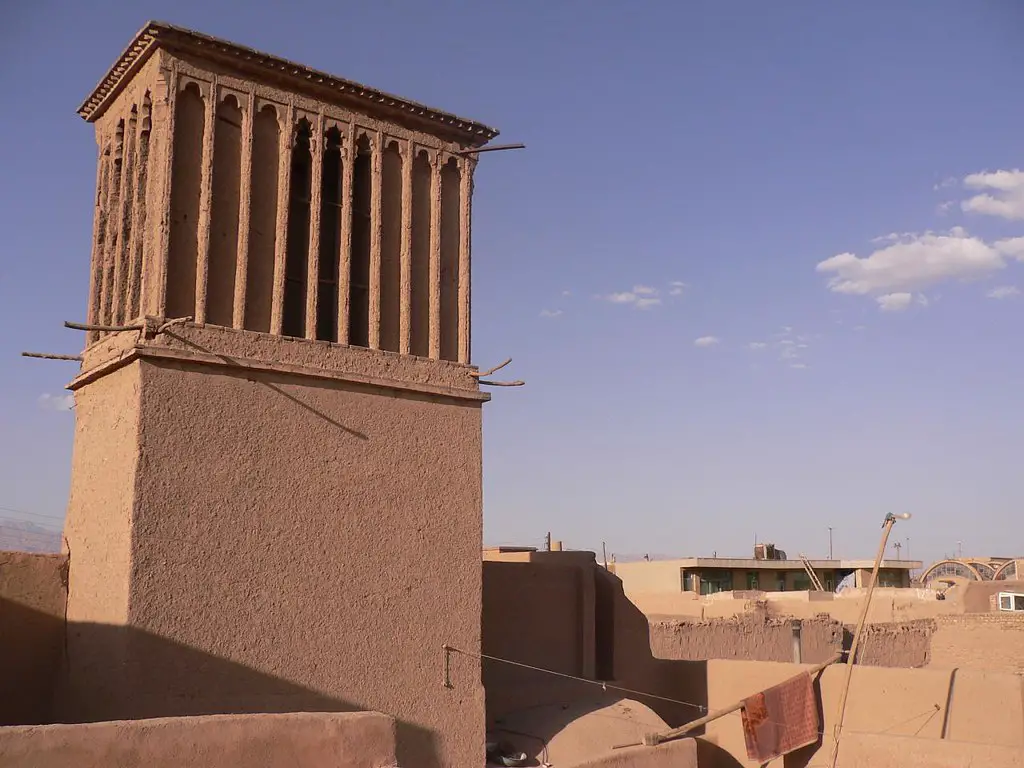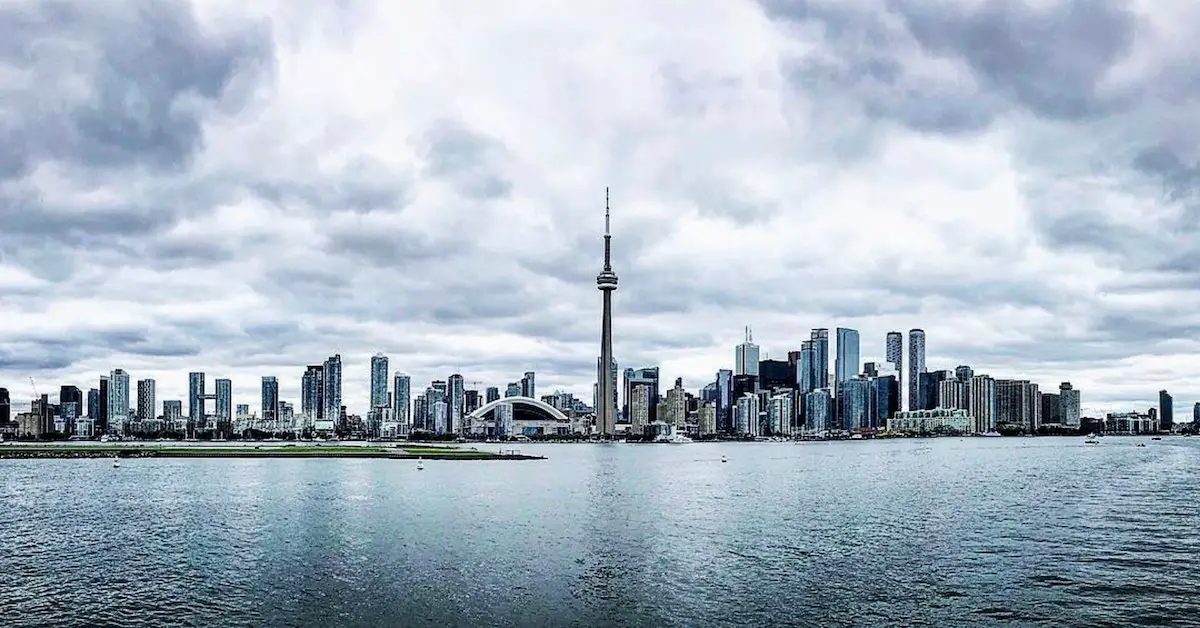An often under-utilised resource sits above our cities – the roofs of buildings. But as the world urbanises and cities become more dense, rooftops are beginning to be used more efficiently. Green roofs are more common, solar panels are cropping up with an increased frequency, and loft conversions are now commonplace in many cities.
Last month I wrote about three ideas that could make cities more livable. One of these ideas involved using rooftops in Sana’a, Yemen, to catch rainfall, providing a consistent flow of water in a region that can struggle with the effects of seasonal rainfall. With today being World Water Day and This Big City running a mini-series on what goes on above our cities, it seemed like the ideal time to look at this idea in more detail.
Sabrina Faber has spent ten years working in Yemen, and has first hand experience of Sana’a’s inconsistent water supply. Looking out over the city’s skyline she saw an opportunity to start tackling this problem. Many of the local buildings have flat roofs, surfaces which could be used to catch water and funnel it down to ground level. The idea itself is pretty simple, something Sabrina is well aware of:
‘The system is relatively simple: Ensure that the rainwater, which falls on the flat rooftops of ?buildings in Sana’a flows into pipes that are attached to water storage tanks that exist at ground level (or in some cases underground), rather than just having the water drain from rooftop drainage pipes onto the street below and evaporate.’
(Conveninetly sketched out by Sabrina below – thanks!)

Confident that her idea could improve the quality of life for Sana’a’s residents, Sabrina entered the Philips Livable Cities Awards, which she went on to win. Since her victory Sabrina has been developing her idea, with an initial prototype on an office building in the city collecting over 10,00 litres of water in 24 hours. So much water that storage tanks overflowed:
‘One Sunday morning we noticed that our water storage tanks were full and, in fact, overflowing which allowed a lot of water to escape unused to the pavement. We used a hose to drain the water from the upper tanks to an underground storage tank that we had with this prototype.’
With a challenging political climate in Yemen, further progress has been tough, but the project is developing nonetheless:
‘It has been a difficult journey to reach this point but work has now finished on two sites, which brings the total number of sites in Sana’a to three when the pre-project pilot is included. These three sites are located in the Wahda district of Sana’a.’
In a city with underutilised space hidden above its buildings and an inconsistent supply of water, Sabrina’s idea really is a no-brainer. And the response to her first three sites has been unsurprisingly positive, suggesting a bright future for her idea and a more hydrated future for the citizens of Sana’a:
‘A couple of neighbors have already expressed an interest in the project and asked whether they might qualify for a system themselves.’
Photo: TapuRecords


